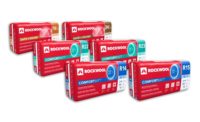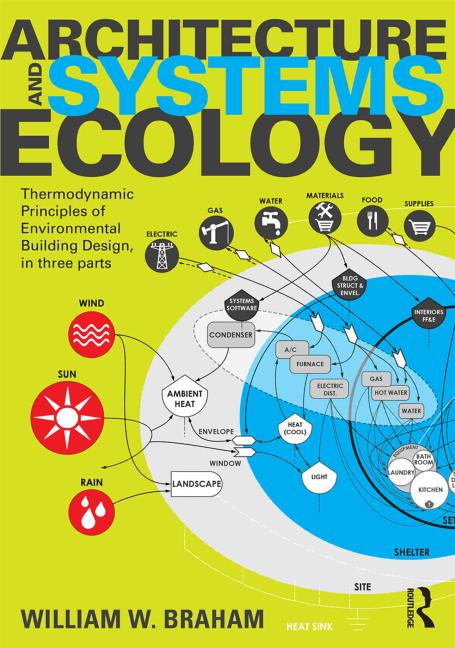Stone wool manufacturer ROXUL this September hosted approximately 10 architects and a handful of press to a tour and educational gathering at its Marshall County, Miss., facility. The event was designed to further educate the industry about the benefits and attributes of specifying stone wool.
This proves good timing for ROXUL: As of late, there has been important and frequent news to surface from the company. Most directly, as of this upcoming New Year’s Day, the company will rebrand itself under the ROCKWOOL name. This will apply to all segments of ROXUL’s North American insulation business—residential, commercial, roofing, OEM (core solutions) and technical insulation—as well as all product lines.
Another important news brief is that its sister company, Rockfon, which has recently made a strong move with its brand of ceiling panels and tiles to North America, has completed its facility that is now fully operational and shares space on the ROXUL campus in Marshall County. Collectively, both plants take up 110 acres of space, and more than 600,000 square-feet.
During the tour and time with its audience, ROXUL hosted a roundtable that asked specific questions about its products, how architects spec materials, how BIM influences design models, roles the manufacturer(s) can play in the OEM markets, and more. Architects were eager to remark on the state of online and app tools, pros and cons of resources found online, and asked many questions about the manufacturing of stone wool. Both architects and the manufacturer expressed the challenges of collecting such vast information on conducting case studies, how to list product information (too much, too little?) and more.
One way of demonstrating how the manufacturer’s products function in regards to fire resistance was a demonstration that it held in its parking structure. By building a mock-up utilizing its products, a box of chocolates was set in a “bird house” made from ROXUL’s material and then, under the supervision of Cayce, Miss.’s fire department, a pyre was set ablaze to demonstrate a time lapse of how long it took for the chocolate to melt. In around five minutes, the kindling was extinguished to produce a choice temperate selection of goodies that weren’t melted but in form. A dramatic demonstration to prove the insulation’s worth.
After the exhibit, the Cayce Fire Marshall stated that if more products like this were installed in a residential property in the province, it would buy fire fighters an additional two minutes of time that could save lives—a major advantage when considering that the department has an average of eight minutes arrival time to burning structures.
When all is said and done, it can’t be denied that the ROCKWOOL Group—since its emergence into the North American market—certainly wants to establish itself as not just an important supplier of material, but a credible one.









